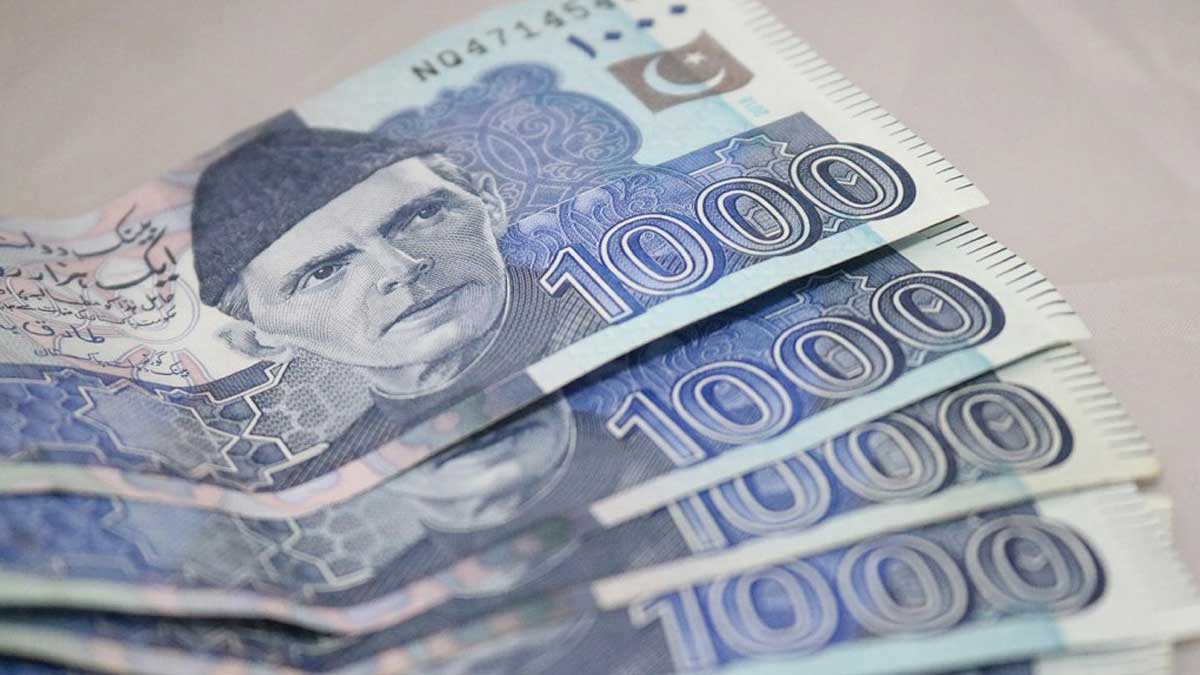The first auction of Pakistan Investment Bonds (PIBs) after an upsurge in the interest rate observed a jump in rates as cut-off yields were raised by up to 246 basis points, said the State Bank of Pakistan (SBP).
SBP issued the statement that the government elevated Rs 117 billion against the mark of Rs 100 billion in the auction conducted after the variation in the financial policy. The bids of investors were Rs 288 billion specifying the haste for higher-yielding PIBs.
Recently, the SBP upsurged the policy interest by 150 basis points to 8.75 percent. The abrupt rise was extensively condemned by independent economists and analysts and the decision was presumed as the result of the contract with the International Monetary Fund (IMF).
The government just finalized its staff-level discussions with the IMF for the recommencement of loans. The three-year cut-off yield of PIBs was amplified by 246 basis points to 11.34 percent but the government raised Rs 25 billion.
Read more: Govt raises Rs 56 billion against Rs 600 billion target through auction of T-bills
Moreover, the cut-off yield on five-year Pakistan Investment Bonds was augmented by 241 basis points to 11.59 percent, as the government handled to raise Rs 56.45 billion.
The 10-year cut-off yield of PIBs was enlarged by 196 basis points to 11.79 percent however, Rs 35.5 billion was increased by the government. For 15-years PIBs bids were banned whereas no bids were received for 20 and 30-year PIBs.
The SBP further illuminated its stand on the financial policy decisions and stated that in the middle of a once-in-a-century epidemic, it would be impulsive to exclusively overlay classical economic theories onto data outturns.
“Policymakers, economists, and businesses around the world did not know how the global or domestic economy would evolve in response to mobility restrictions of varying stringencies in different locations,” the central bank said.
Furthermore, the outflow of overseas investment in treasury bills, equity, and Pakistan Investment Bonds (PIBs) in October was nearly three times greater than the inflow representing the declining interest of investors in most smart opportunities.
The cumulative inflow during October was $58.5 million whereas the outflow raised to $178.58 million; the amassed net outflow during the month was $120 million.





















